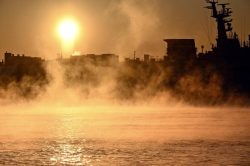Japan Tourism / Exploring Southern Hokkaido by Rail, Collecting Special Stamp Along the Way
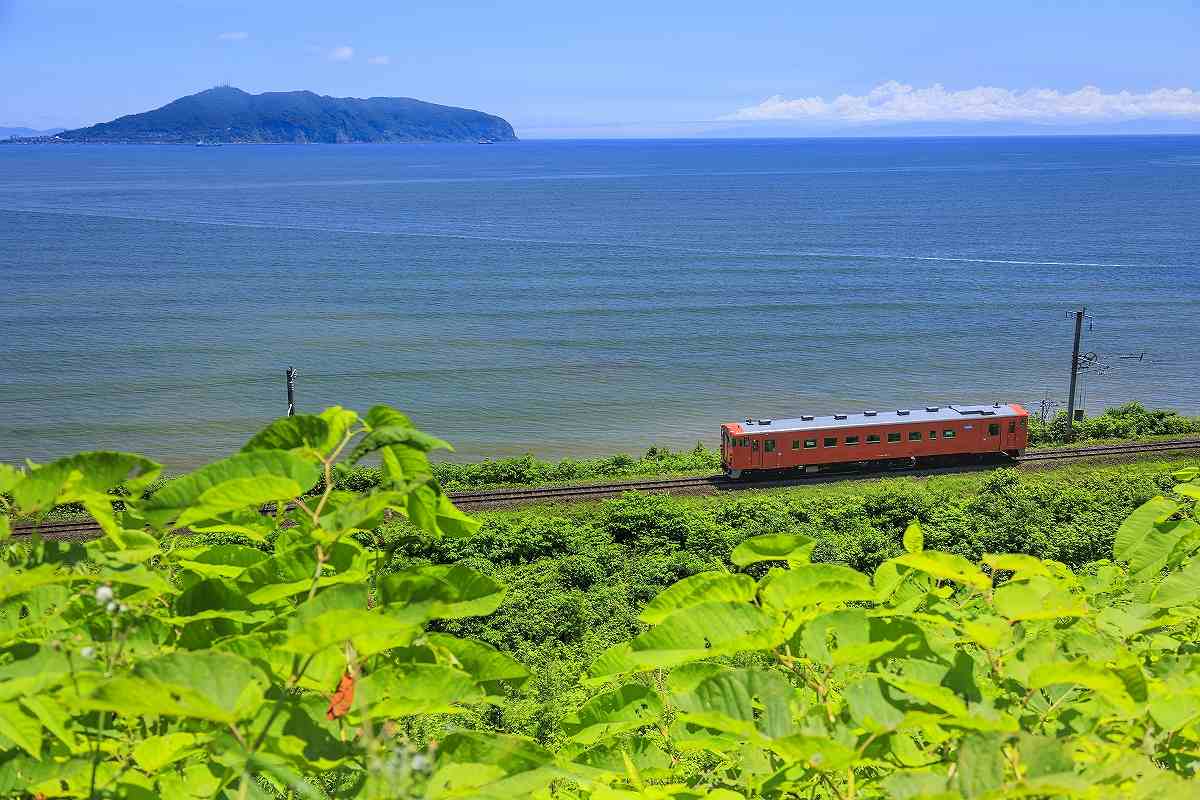
A train on the South Hokkaido Railway line runs along the coast.

11:50 JST, August 23, 2023
South Hokkaido Railway is the northernmost railway company that issues a commemorative ink stamp called a tetsuin, and the firm is the only one in Hokkaido that issues such a stamp.
The company’s logo seen on the tetsuin incorporates the waters of Hakodate Bay and the Tsugaru Strait, as well as the lights used on squid boats, as squid is a local specialty.
When the Hokkaido Shinkansen Line started services in 2016, South Hokkaido Railway took over the 37.8-kilometer stretch between Kikonai and Goryokaku stations on the JR Esashi Line. Services between Kikonai and Esashi stations were discontinued in 2014.
After I arrived at Goryokaku Station, I headed straight to Goryokaku Tower.
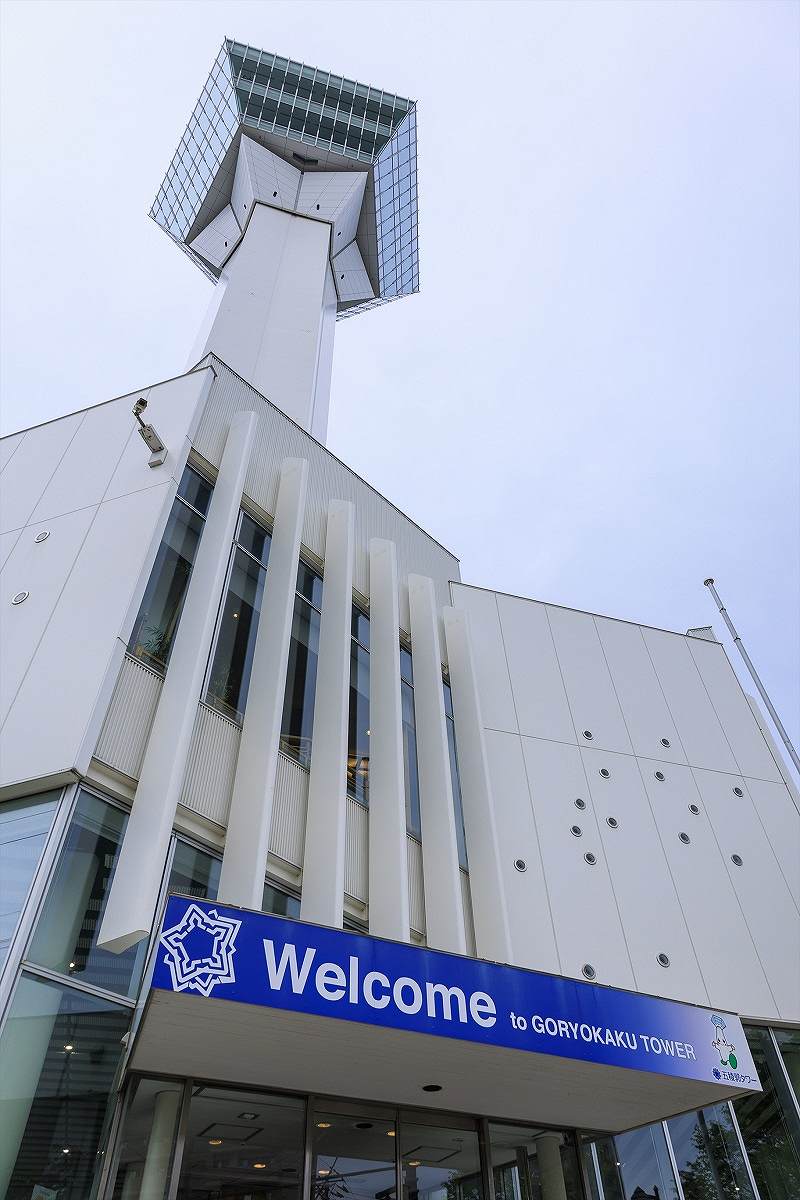
Goryokaku Tower. Visitors can enjoy the view of the star-shaped Goryokaku fort and an exhibit about its history. Hours: 9 a.m. to 6 p.m. (Ticket sales for the observation deck end at 5:50 p.m.). Open daily.
I enjoyed a panoramic view of Mt. Hakodate, the Tsugaru Strait, Mt. Komagatake and the Goryokaku fort. Then I headed to Hakodate Station to get the company’s tetsuin at its office.
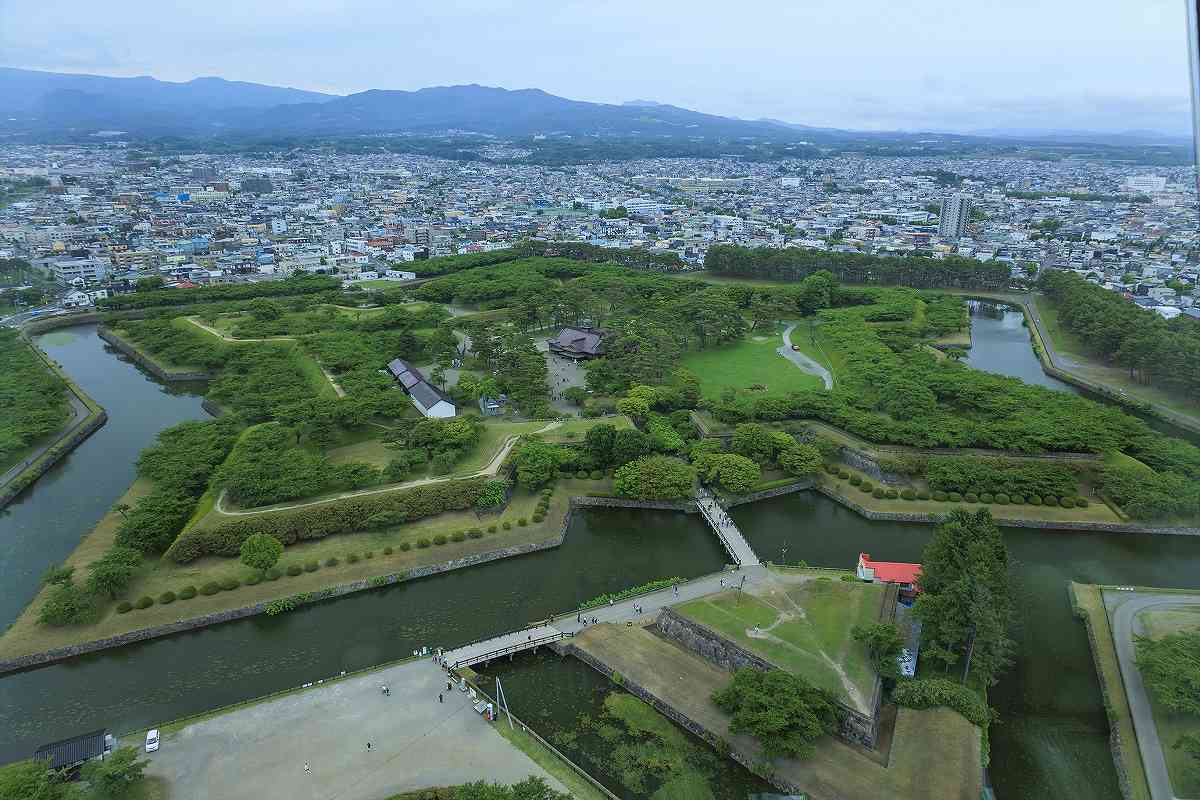
The Goryokaku fort
I received a sheet of paper with the pre-printed tetsuin featuring the company logo and the railway’s name written in Japanese calligraphy by the priest of Samegawa Shrine, which is famous for the Kanchu Misogi Festival. The tetsuin paper is printed in such a way that there is space for the date next to the shrine’s name.
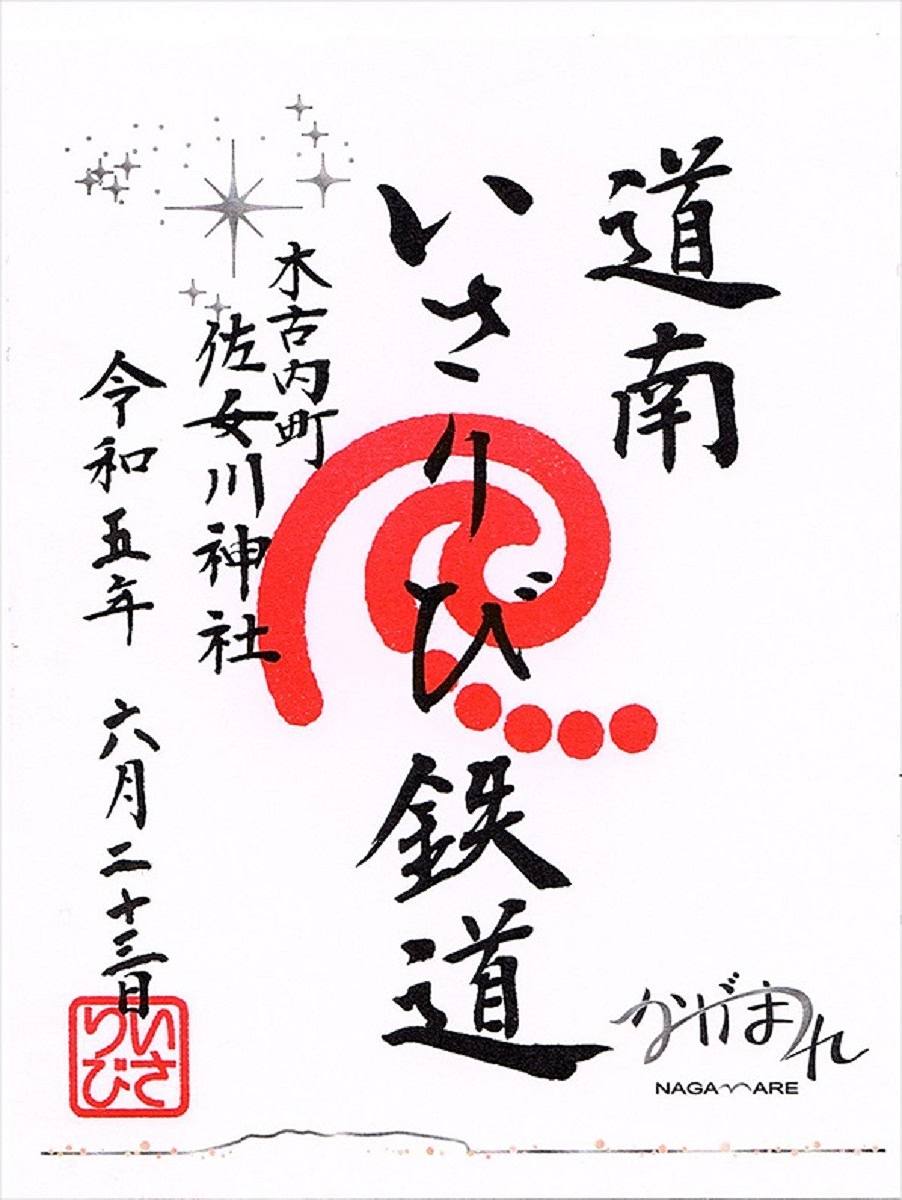
South Hokkaido Railway’s tetsuin stamp
“We hope passengers will enjoy the seasonal scenery from the train windows, get off at various stations along the line and really feel what makes this place so special,” said Michihiro Harui, who works for the company’s corporate planning department. “We also hope people will collect tetsuin as a way to remember the trip.”
After receiving my stamp, I took the train from Hakodate Station to Kikonai Station.
A few minutes after seeing a conveyor belt jutting out over the water near Kamiiso Station, the train started running along the coast.
From the window, I could see various well-known landscapes, including Mt. Hakodate and the Shimokita and Tsugaru peninsulas across the Tsugaru Strait.
After getting off at Kikonai Station — the last stop — I went to Samegawa Shrine. Then, I headed to Misogi beach, which is where the Shinto ritual Kanchu Misogi Festival takes place every January. During the ritual, sacred icons from the shrine are brought to the beach to be purified in the icy waters of the Tsugaru Strait.
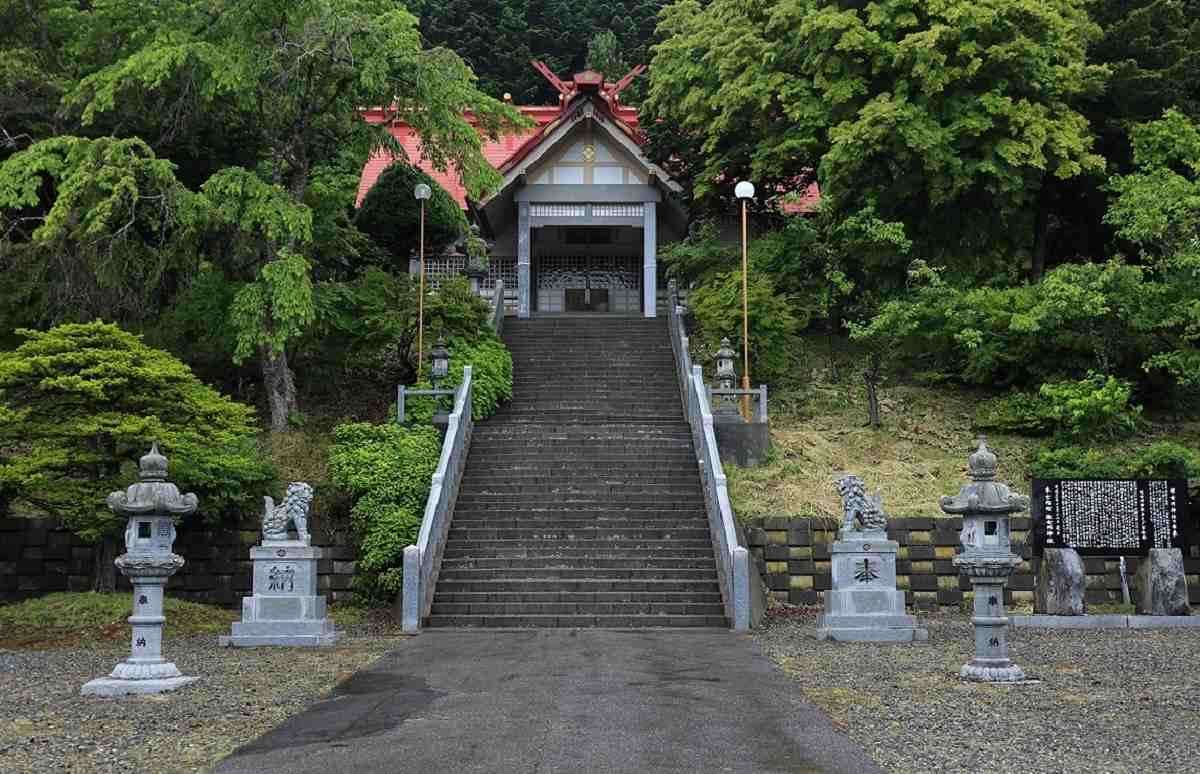
Samegawa Shrine. The annual Kanchu Misogi Festival is held Jan. 13-15 in accordance with the misogi legend handed down at the shrine.
After so much traveling, I was starting to get hungry, so I stopped at Misogi-no-Sato Kikonai — a Michi-no-Eki rest area — and ate at the restaurant Dounan de’s, where I ordered salted bread and pasta with Kikonai hijiki seaweed and spinach in yuzu pepper cream.
On my way back to Hakodate, I got off at Oshima-Tobestu Station and walked to the Tobetsu Trappist Monastery on the so-called “Road to Rome.”
It was a beautiful area as I could see the blue ocean shining beyond the row of trees.
***
Japan Tourism is presented in collaboration with The Japan News and Ryoko Yomiuri Publication, which publishes Ryoko Yomiuri, a monthly travel magazine. If you are interested in the original Japanese version of this story, click here.
"Features" POPULAR ARTICLE
-

Sanrio to Open Museum in Yamanashi Pref. Dedicated to Founder, Exhibits Include Hello Kitty, Other Characters
-

Autumn Foliage Surrounds Visitors to Tokyo’s Showa Kinen Park
-

My Daughter No Longer Speaks to Me, But I Want to See Her and My Grandchild
-

Kumamoto: Public Bath Refurbished as Library Where You Can Chat, Take Photos
-

Frozen Vegetables: Demand Rises for Convenient, Tasty Domestic Produce
JN ACCESS RANKING
-

Tokyo Economic Security Forum to Hold Inaugural Meeting Amid Tense Global Environment
-

Keidanren Chairman Yoshinobu Tsutsui Visits Kashiwazaki-Kariwa Nuclear Power Plant; Inspects New Emergency Safety System
-

Imports of Rare Earths from China Facing Delays, May Be Caused by Deterioration of Japan-China Relations
-

University of Tokyo Professor Discusses Japanese Economic Security in Interview Ahead of Forum
-

Japan Pulls out of Vietnam Nuclear Project, Complicating Hanoi’s Power Plans




